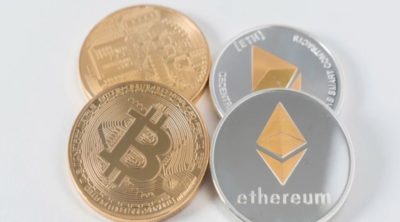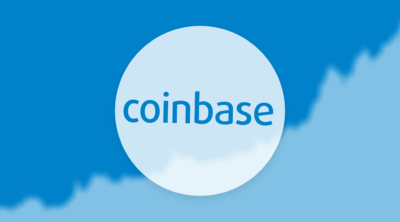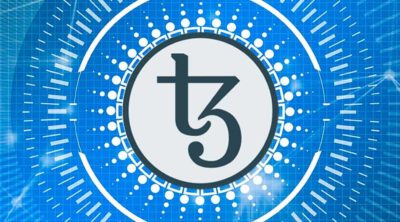If you’ve invested in cryptocurrency or followed its rise from a niche financial fad to the internet age’s fastest-growing investment, you’ve probably heard of blockchain. Blockchain is the ingenious financial storage and distribution system that makes the cryptocurrency Bitcoin function on the world stage. That sounds complicated, but the system’s brilliance comes from its simplicity.
Knowing how blockchain works will help you get one step closer to being able to understand and invest in Bitcoin for yourself. Cryptocurrency is a massive financial opportunity if you have the right information. Read on to learn the basics.
Define “blockchain”
In simplest terms, blockchain is a public ledger that records financial information without a central agency like a company or bank overseeing it. Instead of a company or government organization managing the funds, an automated program does it instead. This “decentralization,” or lack of an overseeing authority, is what makes Bitcoin a true cryptocurrency. It achieves this through blockchain.
The term “blockchain” refers to its two components: the data itself, or “block,” and the ledger that stores the information, or “chain.” Blocks of data include everything significant about the transaction, including the date, time, and the amount of the purchase. Blocks also contain a signature that indicates who was involved in the transaction. This could be a digital signature or a person’s real name.
The purpose of each block is to keep the transactions separate. Each purchase has a unique code that differentiates it from similar purchases you’ve made, and each block has its own label or “hash” so the program can keep them separate.
How does blockchain work?
Blockchain starts working as soon as a transaction begins processing. If you buy something on a website, the identifying information for that purchase will be stored by a computer network into a block, along with thousands of other pieces of similar information.
That information then begins the verification process. This is where decentralization comes into play. With no bank, financial agency, or company to verify the information, blockchain routes it through its computer network to vet the records automatically. If the program can confirm the date, time, amount, and identity associated with the purchase, that information goes into the block.
Once the block has been filled and verified, it receives a unique code from the program that differentiates it from other blocks. Everyone has access to the information stored in these completed blocks, including you. The date and time of each transaction can be viewed on blockchain’s public ledger.
The Takeaway
Blockchain is not a singular thing. For a single block in a network, each computer stores a copy of the chain, meaning that Bitcoin alone supports millions of identical blockchains that make it nearly impossible to hack or manipulate.
As an investor, you might be concerned at first with the public nature of blockchain’s records. However, blockchain is the safest way to process cryptocurrency because of its network, which would have to be accessed at every one of millions of record nodes in order to successfully hack even one transaction.
Use this information on blockchain to assess Bitcoin as an investment opportunity. If you know how it works, you’ll be one step closer to making it work for you.



